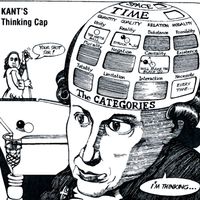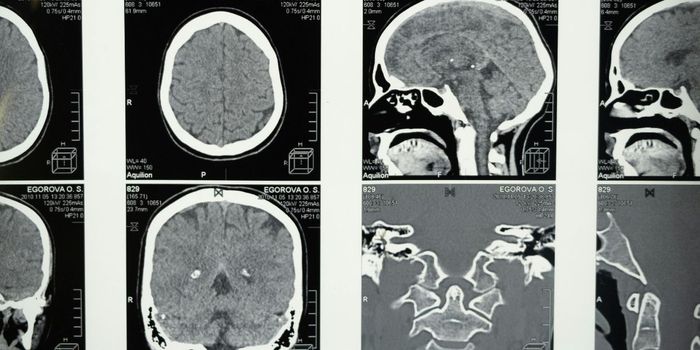My Mind's a Blank! How Sleep-Like States Occur During Wakefulness
You’re in a Zoom meeting when you zone out. You’ve got laundry to do, and oh, right, there are leftovers in the fridge… In the background are vague images and what sounds like incoherent, “blah, blah, blah.” Maybe the meeting is that boring, but why disconnect at that particular point? Why disconnect at all when you might as well just spend your time thinking about how boring and pointless it is? According to a new study in Nature, “attentional lapses” are “local sleep-like activity in the awake brain.”
The study was led by Thomas Andrillon, a cognitive neuroscience research fellow at the Melbourne Monash Consciousness Research who specializes in sleep. More specifically, Andrillon currently focuses on how the neural mechanisms common to both mind wandering and daydreaming influence our engagement with the world. Indeed, as the results of a previous study showed, sleeping states and waking states are not mutually exclusive — there’s no “on-off” switch.
The new study shows that “sleep-like slow waves” predict attention lapses. These slow waves are spatially and temporally localized patterns of neural activity associated with the transition to sleep. Andrillon and his team used high-density electroencephalography to detect the association between the slow waves and attentional lapses during specific activities designed to elicit mind wandering or blanking. In addition to the measurement of electrical activity during the study, researchers observed participants’ behaviors and recorded their reported subjective states.
Andrillon’s previous research, that we can form new memories while asleep, suggests our ordinary belief about a sleep-wake distinction is a false dichotomy. The latest study’s results reinforce that point. In our waking lives there are moments that are physiologically related to sleep. Conversely, there are sleeping states in which learning occurs. Perhaps Descartes’s famous quandary, that sensation provides no reliable way to distinguish between sleeping and waking, such that he cannot tell whether or not he is currently dreaming, is not so disturbing after all.
Sources: Nature, Frontiers in Neuroscience, The Washington Post









